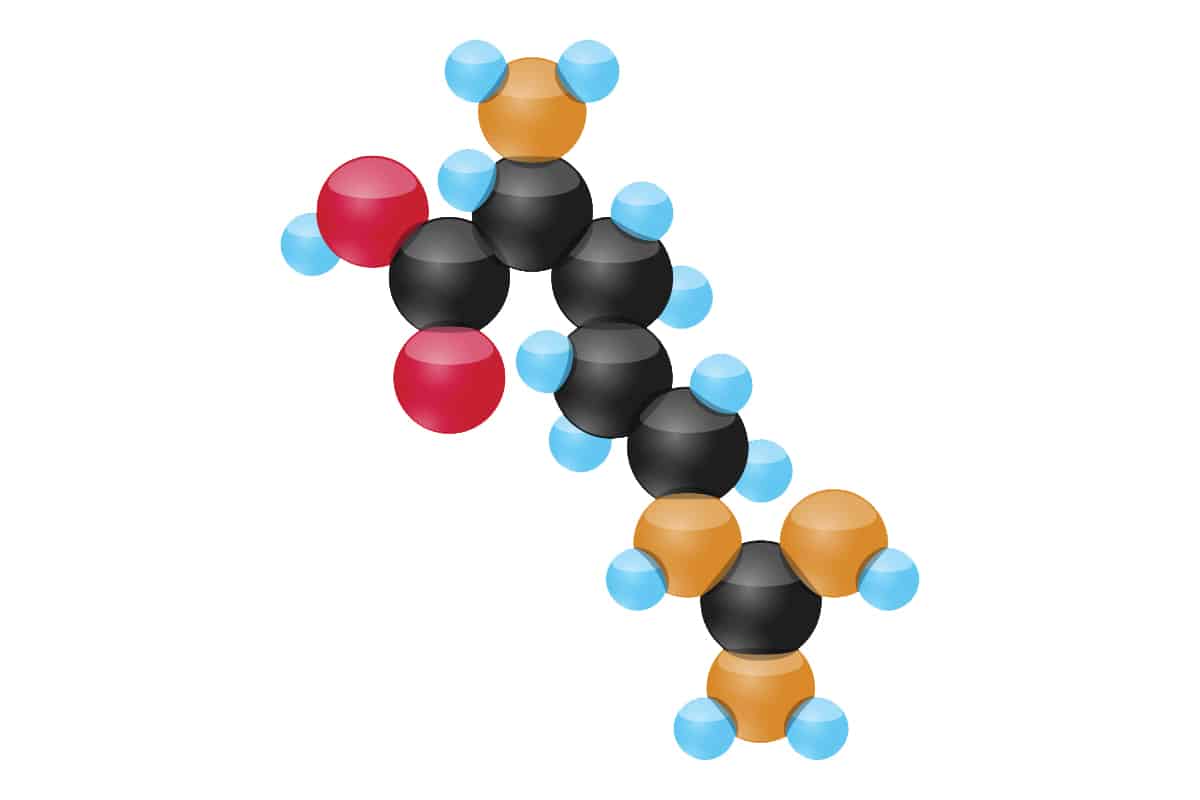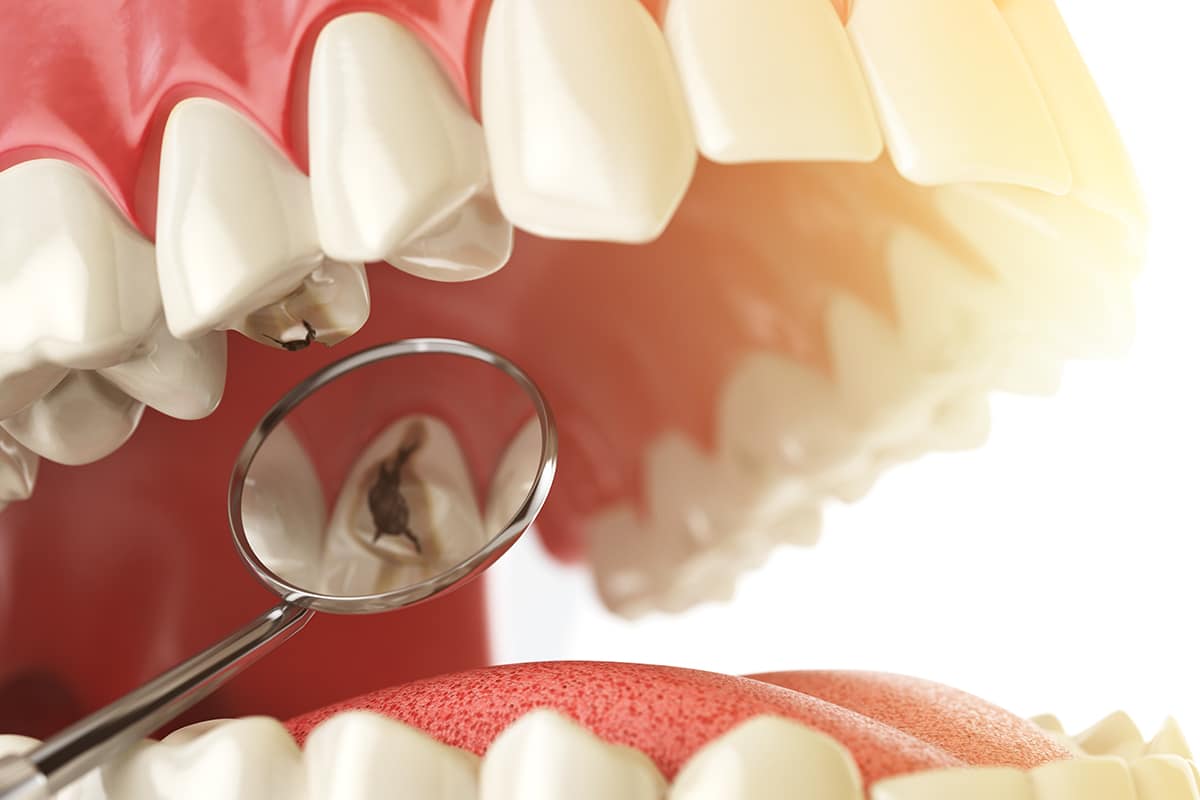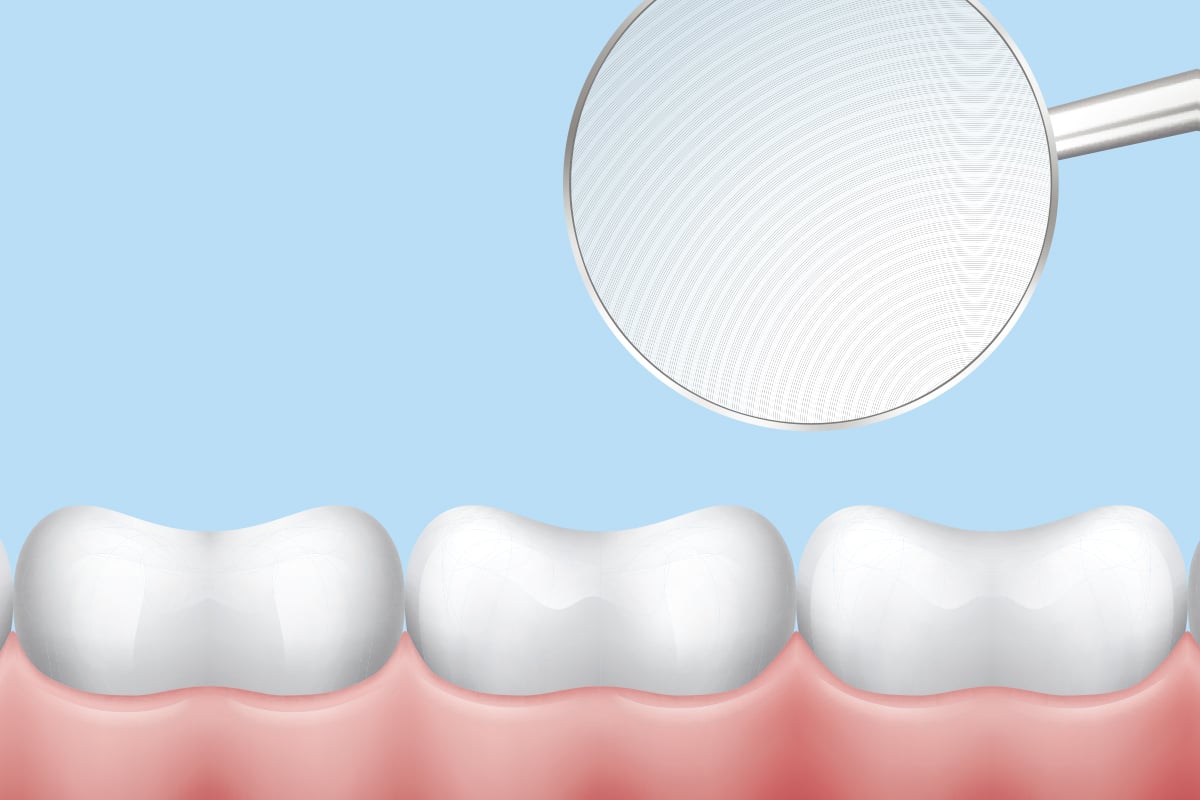Supporting Remineralization
Oral health professionals are always searching for new therapies or technologies to reverse demineralization or boost remineralization.

Supporting Remineralization
Oral health professionals are always searching for new therapies or technologies to reverse demineralization or boost remineralization. Scientific evidence has shown that when introduced into the saliva and/or oral biofilm, fluoride will remineralize areas of demineralized enamel, preventing new and reversing existing carious lesions. In recent decades, oral care products that may help enhance the bioavailability of the fluoride needed during the remineralization process have become available, both over-the-counter and through professional application or prescription.
Photo Credit: puhhha/ISTOCK/GETTY IMAGES PLUS

Fluoride to the Rescue
Fluoride plays a substantial role in the enamel remineralization process. As the oral pH drops below the critical level of 5.5, calcium and phosphate are removed from the enamel’s hydroxyapatite into the surrounding saliva. The loss of minerals from the enamel causes demineralization and become susceptible to cariogenic bacteria. When fluoride is introduced into the saliva through salivary secretions or through topical products, it acts as a catalyst in the remineralization process. Research shows a direct, linear relationship exists between the amount of fluoride and calcium exposure and the incidence of dental caries.
Photo Credit: designer491/ISTOCK/GETTY IMAGES PLUS

Amorphous Calcium Phosphate
Fluoride, calcium, and phosphate must be introduced into the saliva through external sources for patients at high or extremely high risk of caries and/or xerostomia, as their salivary secretions are impaired. When introduced into an aqueous environment, the conversion of amorphous calcium phosphate (ACP) to crystalline calcium phosphate is quick and unstable. Therefore, the calcium and phosphate are often delivered intraorally as a two-phase delivery system to ensure the reaction between calcium, phosphate, and fluoride takes place at the tooth surface and not before.
Photo Credit: wowwa/ISTOCK/GETTY IMAGES PLUS

Casein Phosphopeptides-Amorphous Calcium Phosphate
Casein phosphopeptides-ACP (CPP-ACP) uses a stabilized form of ACP. The casein phosphopeptides (CPP), which acts as the delivery method to co-localize bioavailable calcium, fluoride, and phosphate at the tooth surface, stabilizes this form of ACP. The CPP-ACP technology has demonstrated in laboratory and randomized, controlled clinical trials that is has an anticariogenic effect at the tooth surface and within the biofilm.
Photo Credit: Likoper/ISTOCK/GETTY IMAGES PLUS

Arginine-Bicarbonate/Calcium Carbonate
A newer calcium/phosphate remineralizing agent is found in products containing 8.0% or 1.5% arginine combined with 1,450 ppm fluoride. Arginine is an insoluble calcium compound that occurs naturally in food and salivary gland secretions. In the mouth, arginine contributes to pH neutralization and oral homeostasis. Studies have reported that individuals who present as being “caries free” naturally have higher levels of arginine in their saliva compared with individuals who are “caries active.”
Photo Credit: LoopyMouse/ISTOCK/GETTY IMAGES PLUS

Calcium Sodium Phosphosilicate
Calcium sodium phosphosilicate (CSP) or Novamin is a bioactive glass containing CSP. When exposed to the aqueous oral environment, the CSP experiences a surface reaction. This surface reaction allows for the CSP to cling to the exposed dentin surfaces, occluding the dentinal tubules. During this exchange, there is a temporary increase in pH, validating reports that CSP increases the saliva’s pH buffering ability. several in vitro studies suggest that CSP has the potential to prevent and remineralize root caries due to its increased pH buffering capacity, while subsequently facilitating the release of calcium and phosphate ions at the cementum surface.
Photo Credit: Bet_Noire/ISTOCK/GETTY IMAGES PLUS

Tri-Calcium Phosphate
Tri-calcium phosphate (TCP) is a calcium salt of phosphoric acid and is a precursor to naturally occurring hydroxyapatite. TCP has the ability to remineralize because it converts into hydroxyapatite and offers limited solubility in aqueous environments. When TCP is combined with an organic or nonorganic substance, a barrier is created. This barrier allows for a targeted and timely delivery of calcium and phosphate at the tooth surface.

